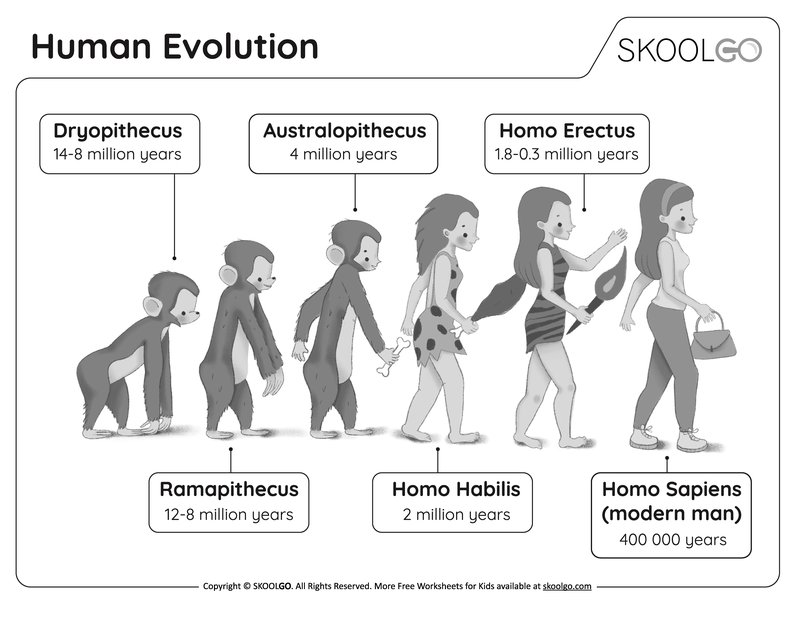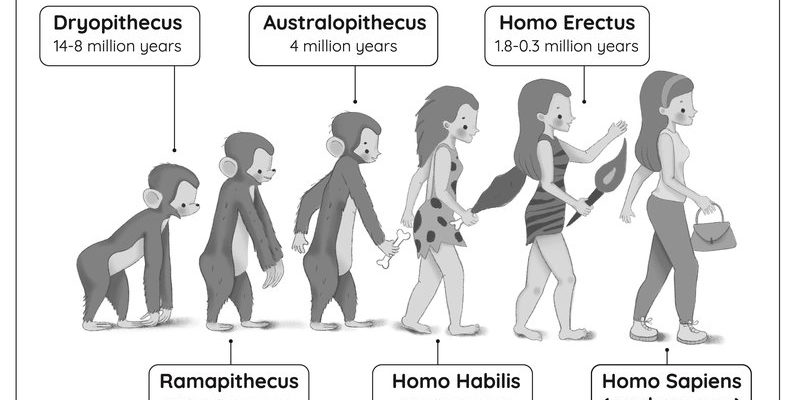
When you think about the peacock’s history, imagine a flourishing tapestry that has been woven over thousands of years. It’s a fascinating mix of evolution, culture, and mythology that has shaped the peacock into the bird we know today. From their origins in the dense forests of South Asia to their revered presence in art and symbols around the world, peacocks have come a long way. So, let’s dive into this colorful journey together!
The Origins of the Peacock
To understand the peacock’s evolution, we first need to look at their origins. The *Indian Peafowl* (*Pavo cristatus*), often just called the peacock, is primarily found in the Indian subcontinent. These birds are thought to have evolved around 60 million years ago. Believe it or not, they are related to chickens and turkeys!
Peacocks thrive in tropical and subtropical environments. They love dense forest habitats and open grasslands, where their vibrant colors can shine. Interestingly, their feather patterns are not just for show; they serve a critical function in survival. Their colorful tail feathers—known as a “train”—help them attract mates by showcasing their health and vitality. Imagine a peacock fanning out its tail, the colors shimmering beautifully in the sunlight. It’s a sight that’s hard to forget.
Over time, peafowls spread beyond India, migrating to various parts of the world. They were introduced to places like Greece and Rome, where they fascinated ancient cultures with their beauty. This movement marked the beginning of their journey as symbols of elegance and pride, embedding themselves into human history and culture.
Peacocks in Culture and Mythology
Peacocks have a fascinating role in numerous cultures around the globe. In Hinduism, for instance, they are associated with Lord Krishna, who is often depicted with a peacock feather in his hair. This symbolizes love, beauty, and the cycle of life and death. You might say the peacock is a spiritual representation of beauty and harmony in this context.
In Western culture, peacocks found their way into art and architecture, especially during the Renaissance. Artists like Leonardo da Vinci and Raphael used them to symbolize vanity and pride. You know the saying, “proud as a peacock”? This stems from how these birds flaunt their brilliant feathers to attract attention. You can see why they became a favorite subject for artists—there’s just something captivating about them!
Also, let’s not forget folklore! In different societies, peacocks have been portrayed as guardians of spirits or symbols of resurrection. Their ability to shed and regrow feathers each year has led to interpretations of renewal and rebirth. It’s interesting how a bird can carry such deep meanings across various cultures, evolving into a symbol that transcends geographical boundaries.
The Role of Peacocks in Nature
Beyond their cultural significance, peacocks play an essential role in their ecosystems. They are omnivores, feeding on a variety of things, including seeds, insects, and small mammals. This diverse diet helps control insect populations and contributes to the health of their habitats.
Peafowls are also known for their remarkable adaptability. They thrive in the wild but do equally well in urban environments. This flexibility can be attributed to their intelligence. Peacocks are clever birds, able to learn from their environments and respond to changes. You might have seen them roaming freely in parks or gardens, showcasing their stunning displays to anyone who passes by.
However, it’s not all sunny skies for peacocks. Their populations face threats from habitat destruction and hunting. Conservation efforts are crucial to ensure that these magnificent birds continue to grace our world. Organizations are working hard to protect their habitats and educate others about their importance to biodiversity. It’s a reminder that even the most beautiful creatures need our help to survive.
Breeding and Domestication of Peacocks
Did you know that peacocks were among the first birds to be domesticated? This happened thousands of years ago, likely due to their beauty and captivating displays. Today, we see a variety of domesticated peafowl, including different breeds that have been developed for their unique colors and patterns.
The most common breed is the *Indian Peafowl*, but others include the *White Peafowl* and the *Black-shouldered Peafowl*. Each breed brings its own charm, with colors ranging from deep blues to pure whites. It’s fascinating how selective breeding has created such diversity.
In many cultures, people keep peacocks in their backyards or gardens as symbols of wealth and elegance. Some even have them as pets! However, peacocks require specific care and a safe environment to thrive. They need space to roam and adequate food to stay healthy. If you’re considering keeping a peacock, think of it like adopting a wonderfully quirky and colorful friend who needs the right home and attention.
The Fascination with Peacocks Today
These days, peacocks continue to capture our imaginations. Whether it’s their stunning visuals or their unique behaviors, people are drawn to them. Zoos and wildlife parks often feature peacocks, giving visitors close-up views of their beauty. You might even find them strutting around gardens or parks, completely unfazed by the hustle and bustle of human life.
Social media has also played a role in their popularity. With platforms like Instagram and TikTok, peacocks are featured in countless posts, showcasing their beauty to the world. It’s not unusual to see a peacock fanning its feathers in a viral video, mesmerizing viewers with its grandeur.
Moreover, environmental awareness has increased interest in these birds and their habitats. People are beginning to understand the importance of preserving the natural world, and peacocks serve as a powerful reminder of the beauty that nature holds. With their striking appearance, they encourage conversations about conservation and the need for sustainable living.
The peacock’s history is a rich tapestry woven from natural evolution and cultural significance. From their origins in South Asia to their current status as symbols of beauty and pride, these birds have left an indelible mark on our world. As we continue to learn about them, it’s crucial to remember the role they play in our ecosystems and the importance of protecting them.
So, the next time you see a peacock strutting its stuff, take a moment to appreciate not just its beauty, but the incredible journey it has taken to get to where it is today. Each feather tells a story of survival and adaptation, reminding us that nature is full of wonders waiting to be discovered. Let’s cherish these fantastic creatures, ensuring their legacy continues for generations to come.

